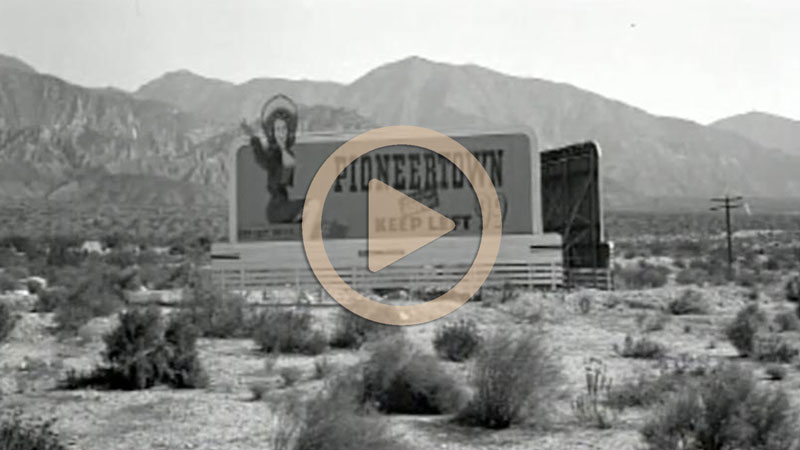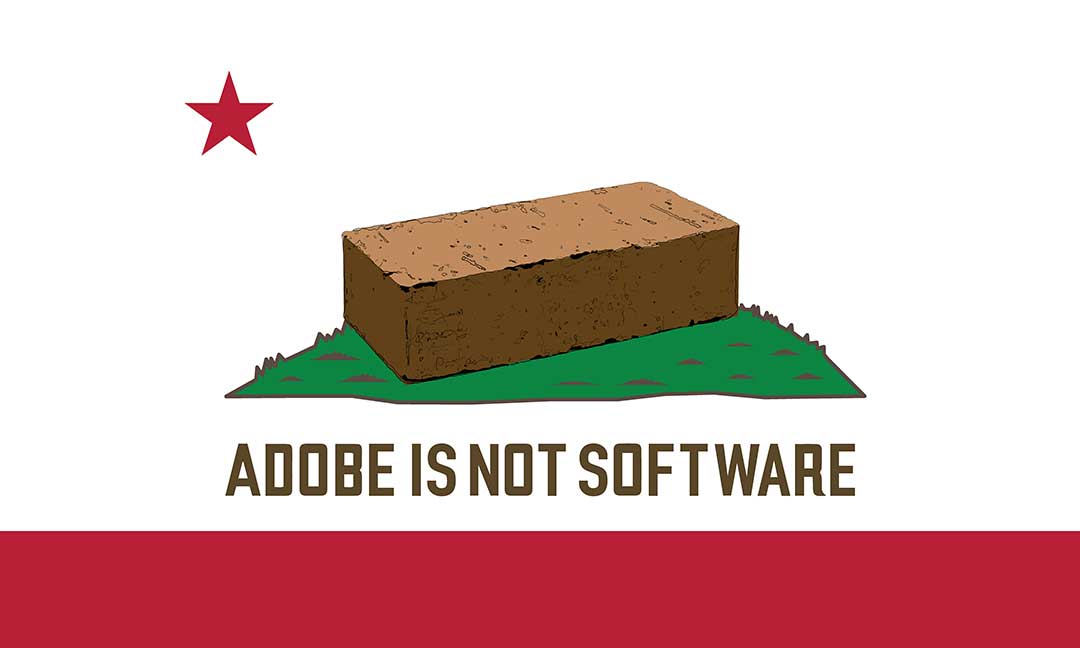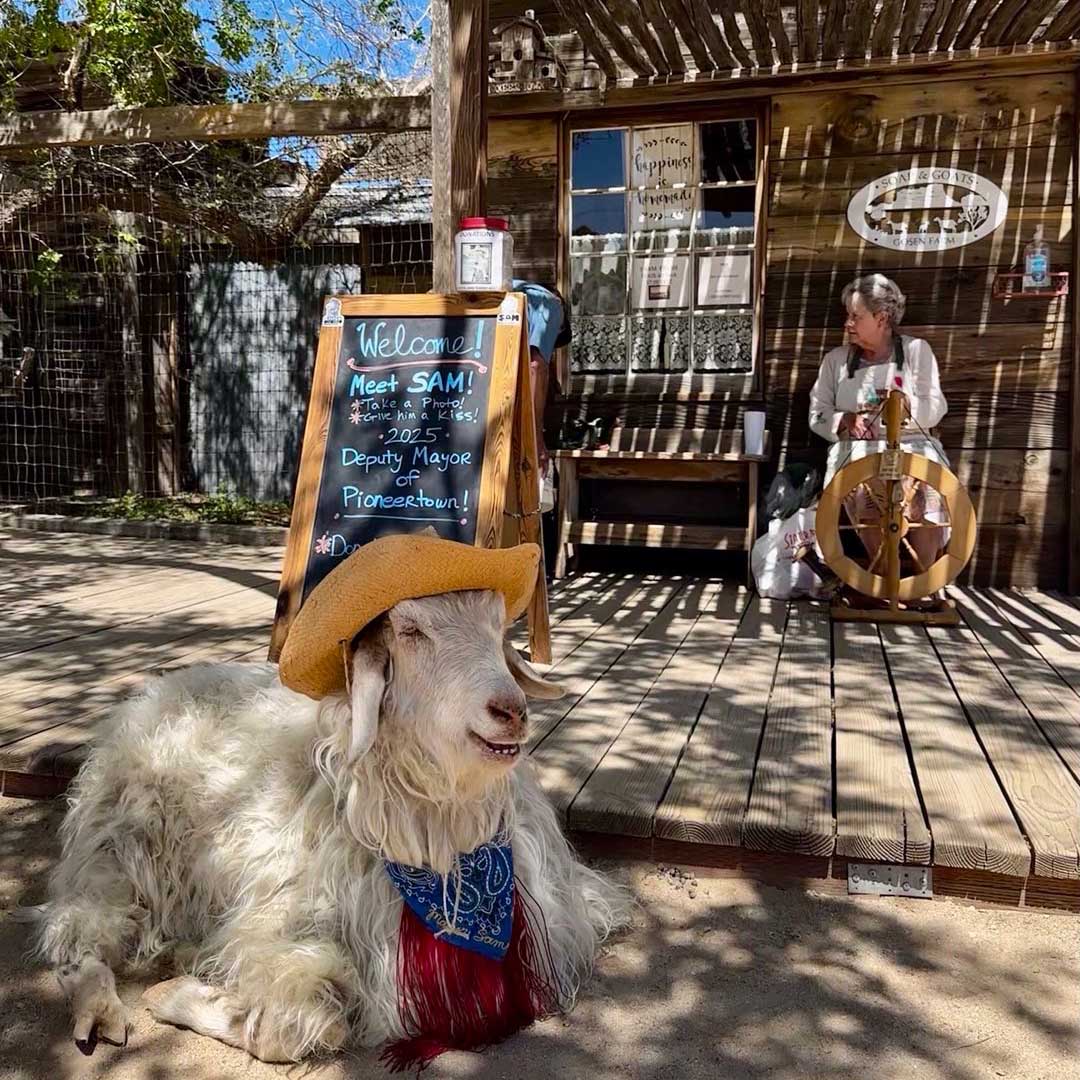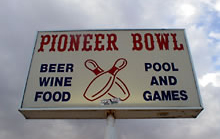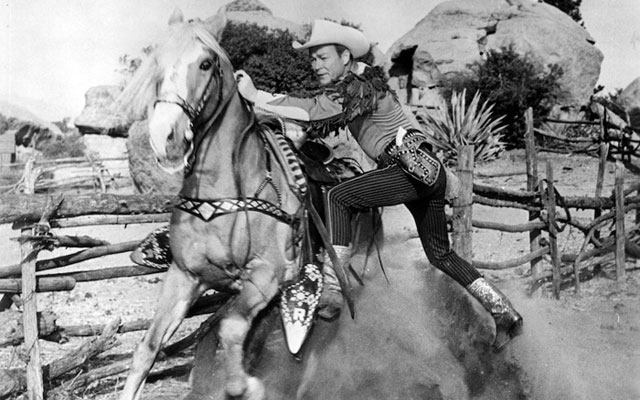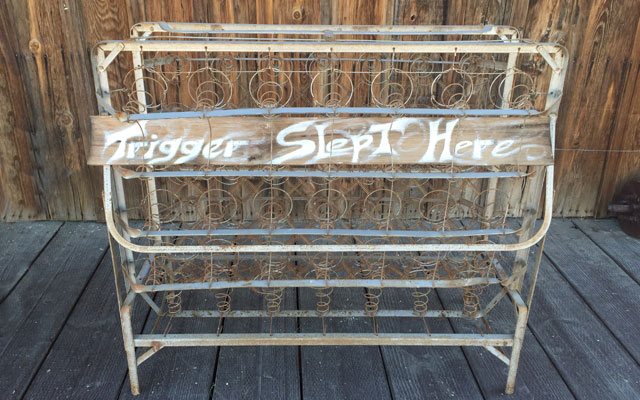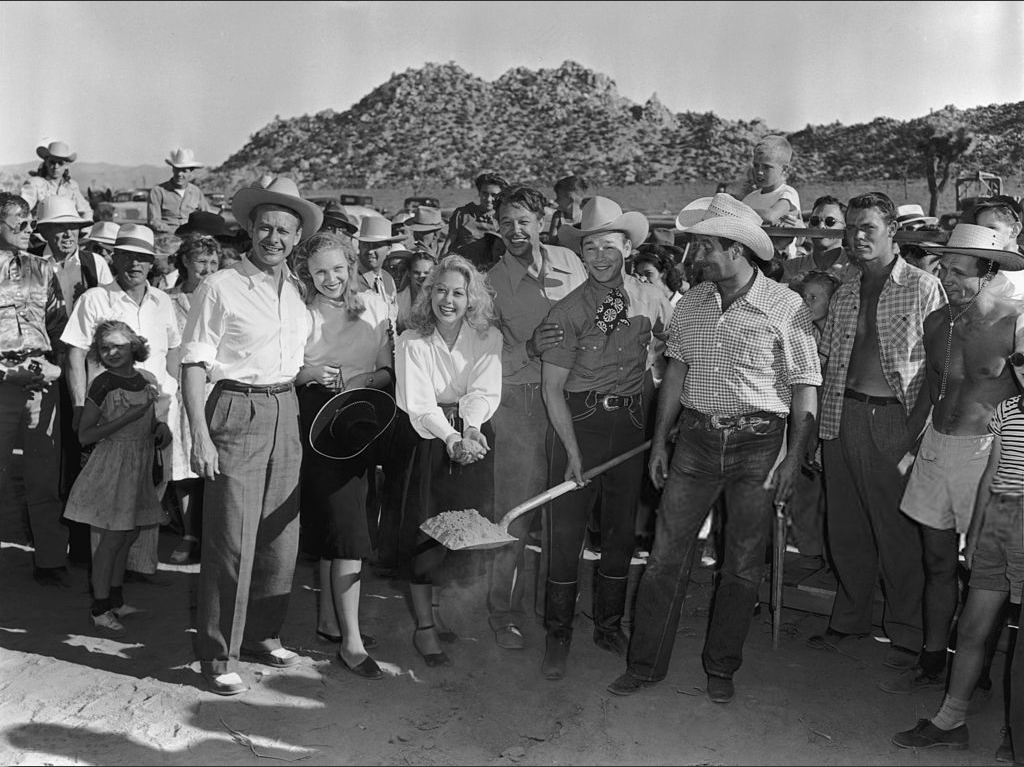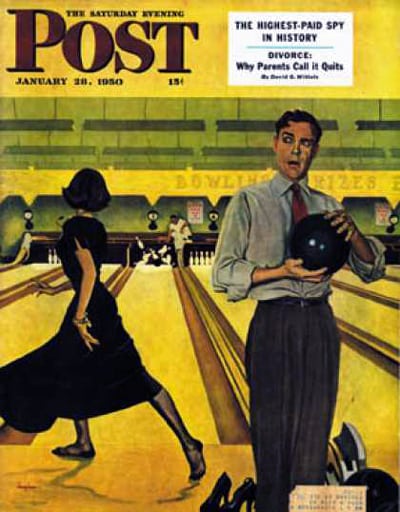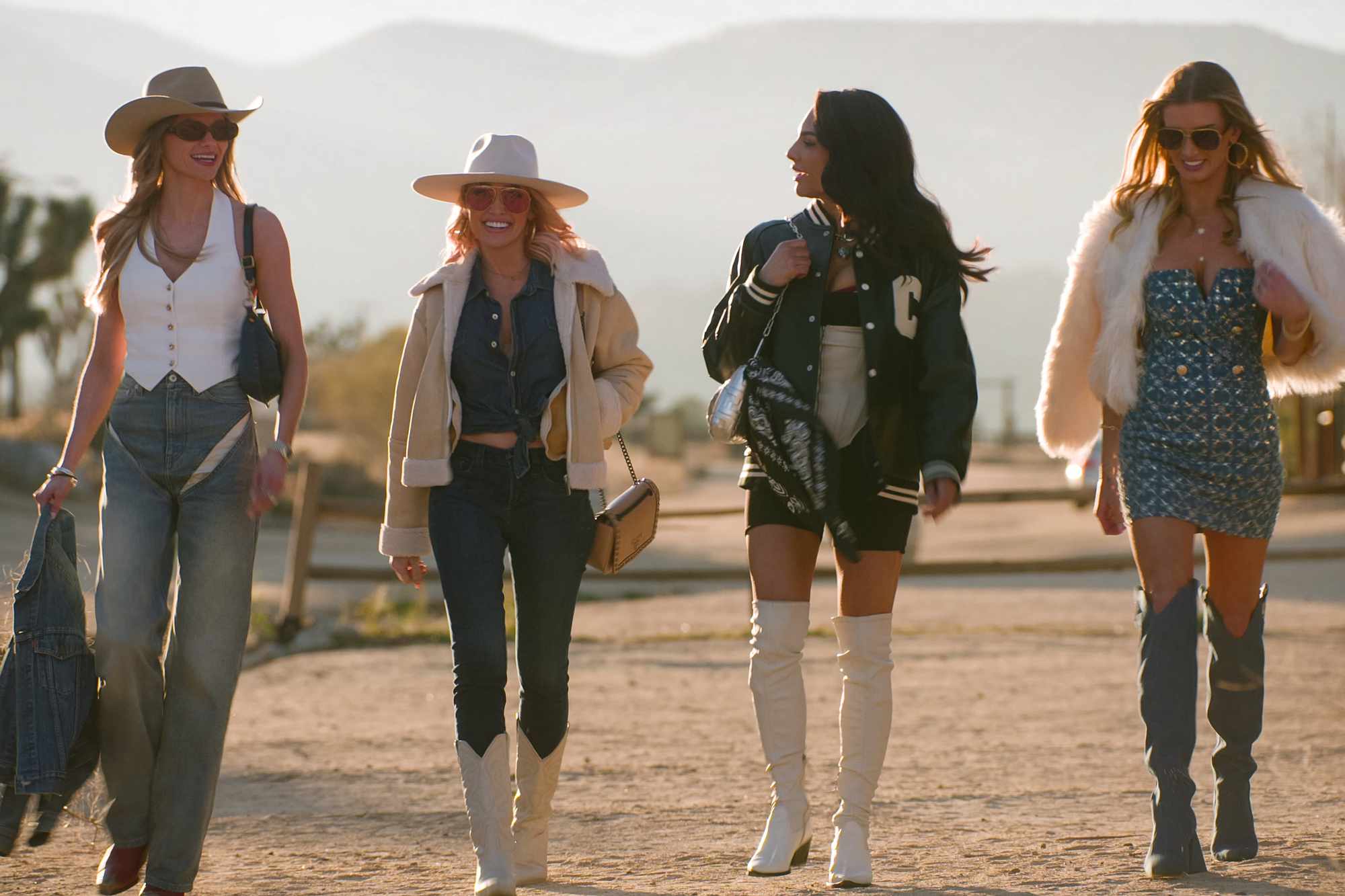-
Adobeisnotsoftware was founded to educate and enables adobe construction in California through workshops, advocacy and consulting.
-
Soap ‘n Goats is where handmade tradition meets a little Pioneertown fun! We craft natural soaps and skincare with goat milk from our Nubian and LaMancha herd, and create one-of-a-kind hand-spun, hand-woven and hand-crocheted treasures—some spun from our very own Pygora goats’ fiber.
Upcoming Gun Fighter Events
Old West Cowboy Gun Fights
Always Free
Shows are scheduled on the First and Third Saturday 1pm, 2pm and 3pm – October thru May on Mane Street
For more information about Gunfighters For Hire click here
Shows are scheduled on the Second and Forth Saturday 1pm sharp from the 1st cool day in October to the 1st HOT day in May/June on Mane Street
For more information about Mane Street Stampede click here
The rebirth of Pioneertown’s first Western performance group. Show days and time vary. At the Wild West Theatre, across from Pappy + Harriet.
For more information about The Bravados at the Wild West Theatre click here
Upcoming Events
Pioneertown Has Been A Magical Musical Place From The Start.
“There’s a western wonderland in California, I’m a fixin’ to take my baby to.
We’ll build a little home where we can settle down, Out In Pioneertown.
A peaceful hide-a-way to spend a lazy day, Out In Pioneertown.
Where sage in bloom and pine trees meet the waterfall, Where the mountains meet the sky.
Through the pines and desert flowers, we’ll while away the hours.
When we settle down Out In Pioneertown”
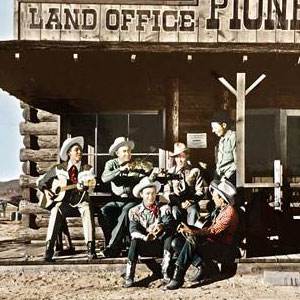
DIRECTIONS TO PIONEERTOWN
From Palm Springs, take the I-1o Freeway West for about 6 Miles. Head North onto California Highway 62 Towards Twentynine Palms for about 2o Miles. Turn Left onto Pioneertown Road and continue for 5 miles. Downtown Pioneertown will be on your right hand side.
From Los Angeles, take the I-1o Freeway East for about 1oo Miles. Head North onto California Highway 62 Towards Twentynine Palms for about 2o Miles. Turn Left onto Pioneertown Road and continue for 5 miles. Downtown Pioneertown will be on your right-hand side.
From Joshua Tree National Park, take California Highway 62 West for about 6 Miles. Turn Right onto Pioneertown Road and continue for about 5 Miles. Downtown Pioneertown will be on your right hand side.
From Big Bear, take the California Highway 18 North for about 12 Miles. Turn Right onto Camp Rock Road and continue for about 5 Miles. Turn Right onto California Highway 247 South and continue for about 35 Miles. Turn Right onto Pipes Canyon Road and continue for about 7 Miles. Turn Left onto Pioneertown Road and continue for another 3 Miles. Downtown Pioneertown will be on your left hand side.
From Barstow, take California Highway 247 South for about 4o Miles. Turn Right onto Pipes Canyon Road and continue for about 7 Miles. Turn Left onto Pioneertown Road and continue for about 3 Miles. Downtown Pioneertown will be on your left hand side.
The Legend of Pioneertown
Pioneertown: The Legend and the Facts
Character actor Dick Curtis once lent an old lady $25. Unable to repay the loan, she gave Curtis a deed to a small plot of sand in California, north of Los Angeles. Curtis later sold the lot for $150 and invested the money in more land through a Southern Pacific Railroad agent. The original $25 investment grew over time, and Curtis found himself owning a substantial amount of desert property. Curtis, who had never seen the land, assumed it was just a large, worthless sand parcel. One day, he decided to explore his investment. Riding up a dusty cattle trail from Yucca Valley, he reached a plateau at the foot of the San Bernardino Mountains. Looking at the gently swaying bunchgrass, Curtis declared to his horse, “This is the place.” Whether this legend is entirely true remains uncertain, but it’s a charming part of Pioneertown’s lore. Curtis passed away in 1952 from cancer.
The Founding of Pioneertown
What we do know for certain is that Dick Curtis saw the potential in the area that would become Pioneertown. Envisioning it as an ideal location for a movie ranch, homes, resorts, and dude ranches, Curtis, along with 17 investors—including Roy Rogers, the Sons of the Pioneers, Russell Hayden, Frank McDonald, Tommy Carr, Terry Frost, and Bud Abbott—each invested $500 in 1946. They formed a corporation based in Studio City and purchased 32,000 acres, encompassing the entire valley where Pioneertown now sits.
Initially planned to be named “Rogersville,” the town was ultimately called “Pioneertown” in honor of Roy Rogers’ singing group, the Sons of the Pioneers. To generate interest in the area, Tim Spencer wrote the song “Out in Pioneertown,” recorded by Milton Estes & the Musical Millers and the Sons of the Pioneers in 1947. A full-page ad in the San Bernardino County Sun on March 25, 1947, invited people to join Dale Evans, Roy Rogers, and the Sons of the Pioneers as Pioneertown landowners.
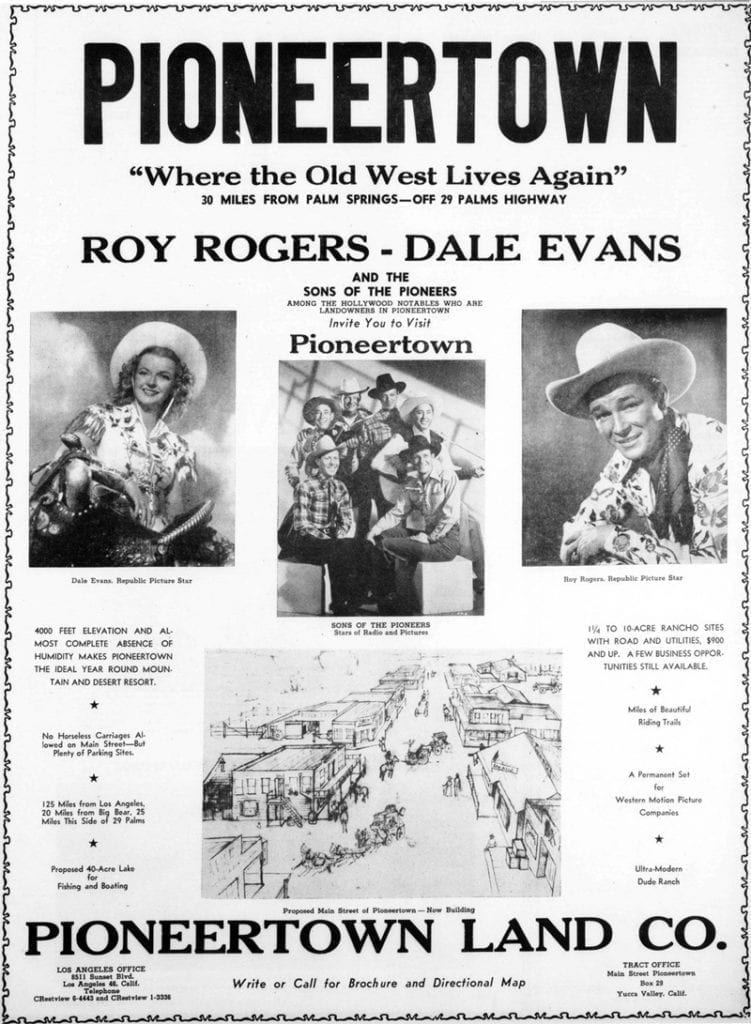
Building Pioneertown: A Western Oasis
Pioneertown was designed to resemble an 1880s western town, with Mane Street featuring several businesses housed in fully functional buildings. These businesses included the Golden Stallion Restaurant, Townhouse Motel, Nell’s Ice Cream Palace, The Red Dog Saloon, White’s Grocery, The Golden Nugget Coffee Shop, Maggie’s Feed Barn, Klip ‘N’ Kurl Beauty Shop, and Trigger Bill’s Shooting Gallery, among others. In the late 1940s and 1950s, Pioneertown was a self-contained town, thriving as both a community and a film set.
The Community of Pioneertown
Today, Pioneertown is more than just a historical curiosity; it is a vibrant community. The residents cherish the beauty of nature, the clear night skies, the tranquility, and the small-town feel. The history of Pioneertown is as remarkable as the stunning mountain-desert landscape it occupies.
Pioneertown’s unique blend of legend and history makes it a fascinating destination for visitors and a beloved home for its residents. The history of Pioneertown is almost as incredible as the beauty of this Mountain-Desert area itself.

